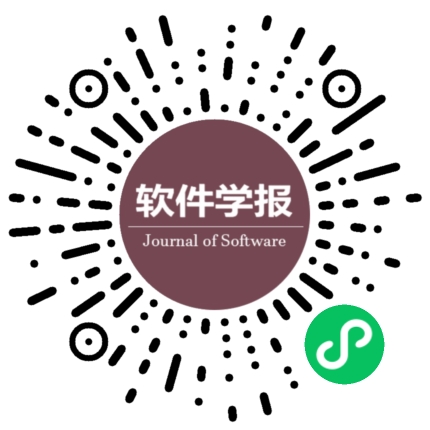基于改进语义距离的网络评论聚类研究
作者:
作者单位:
作者简介:
通讯作者:
中图分类号:
基金项目:
国家自然科学基金(61001178);国家软科学研究计划(2010GXQ5D317);北京市优秀人才计划;北京市属高等学校青年拔尖人才计划(CITTCD201404052);北京市教育委员会科技计划(KM201210005024);北京工业大学基础研究基金;可信计算北京市重点实验室开放课题
Online Comment Clustering Based on an Improved Semantic Distance
Author:
Affiliation:
Fund Project:
引用本文
杨震,王来涛,赖英旭.基于改进语义距离的网络评论聚类研究.软件学报,2014,25(12):2777-2789
复制相关视频
分享
文章指标
- 点击次数:
- 下载次数:
- HTML阅读次数:
历史
- 收稿日期:2014-05-05
- 最后修改日期:2014-08-21
- 录用日期:
- 在线发布日期: 2014-12-04
- 出版日期:
文章二维码

您是第位访问者
版权所有:中国科学院软件研究所 京ICP备05046678号-3
地址:北京市海淀区中关村南四街4号,邮政编码:100190
电话:010-62562563 传真:010-62562533 Email:jos@iscas.ac.cn
技术支持:北京勤云科技发展有限公司
版权所有:中国科学院软件研究所 京ICP备05046678号-3
地址:北京市海淀区中关村南四街4号,邮政编码:100190
电话:010-62562563 传真:010-62562533 Email:jos@iscas.ac.cn
技术支持:北京勤云科技发展有限公司



